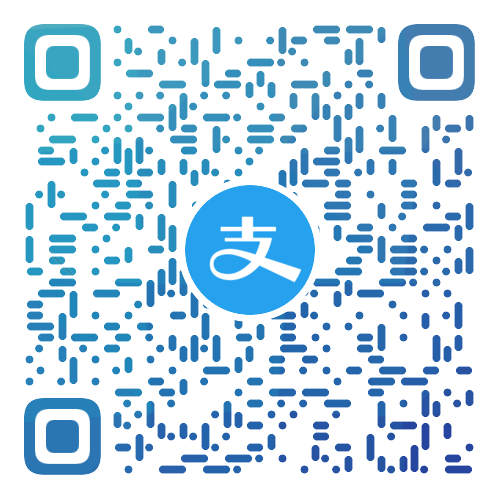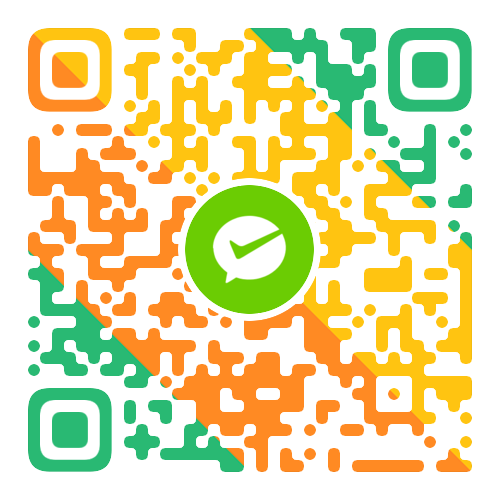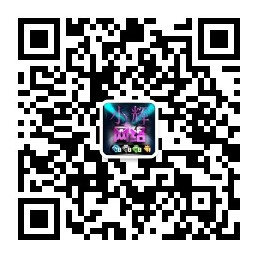掌握Java前端传JSON至后端:一步到位的实用教程
引言
在Java后端开发中,前端与后端之间的数据交互是至关重要的。JSON(JavaScript Object Notation)是一种轻量级的数据交换格式,常用于前后端数据传输。本文将详细介绍如何在前端使用JavaScript将JSON数据发送到Java后端,并接收响应。
前端准备
1. 创建JSON数据
在JavaScript中,你可以使用对象字面量或JSON.stringify()方法创建JSON数据。
// 使用对象字面量 let jsonData = { username: "user1", password: "password123" }; // 使用JSON.stringify() let jsonData = JSON.stringify({ username: "user1", password: "password123" }); 2. 使用XMLHttpRequest或Fetch API发送数据
以下是使用XMLHttpRequest和Fetch API发送JSON数据的示例。
使用XMLHttpRequest
function sendDataUsingXHR() { let xhr = new XMLHttpRequest(); xhr.open("POST", "http://your-backend-url/api/data", true); xhr.setRequestHeader("Content-Type", "application/json"); xhr.onreadystatechange = function () { if (xhr.readyState === 4 && xhr.status === 200) { console.log(xhr.responseText); } }; xhr.send(jsonData); } 使用Fetch API
async function sendDataUsingFetch() { let response = await fetch("http://your-backend-url/api/data", { method: "POST", headers: { "Content-Type": "application/json" }, body: jsonData }); let data = await response.json(); console.log(data); } 后端准备
1. 创建Java后端项目
使用Java和Spring Boot框架可以快速搭建一个后端项目。
// 创建一个Spring Boot项目 @SpringBootApplication public class BackendApplication { public static void main(String[] args) { SpringApplication.run(BackendApplication.class, args); } } 2. 创建Controller接收数据
在Spring Boot项目中,创建一个Controller来处理前端发送的JSON数据。
@RestController @RequestMapping("/api/data") public class DataController { @PostMapping public ResponseEntity<String> receiveData(@RequestBody String jsonData) { System.out.println("Received JSON: " + jsonData); return ResponseEntity.ok("Data received"); } } 3. 配置JSON解析器
确保你的后端能够解析JSON数据。在Spring Boot中,默认已经集成了Jackson库,可以自动解析JSON。
总结
通过以上步骤,你可以在Java后端接收前端发送的JSON数据。在实际开发中,你可能需要处理各种复杂情况,如错误处理、数据验证等。但本文提供的教程为你提供了一个基本的框架,帮助你快速入门。
注意事项
- 确保前端和后端的URL正确无误。
- 在生产环境中,使用HTTPS来保护数据传输的安全性。
- 在后端进行数据验证,防止恶意数据注入。
希望这篇教程能帮助你更好地理解Java前端传JSON至后端的实现过程。祝你开发顺利!

 支付宝扫一扫
支付宝扫一扫 微信扫一扫
微信扫一扫

